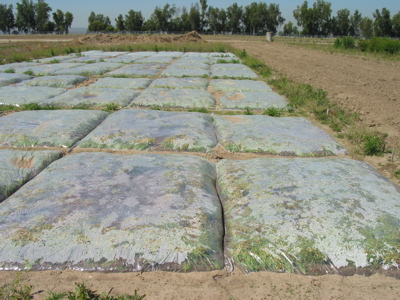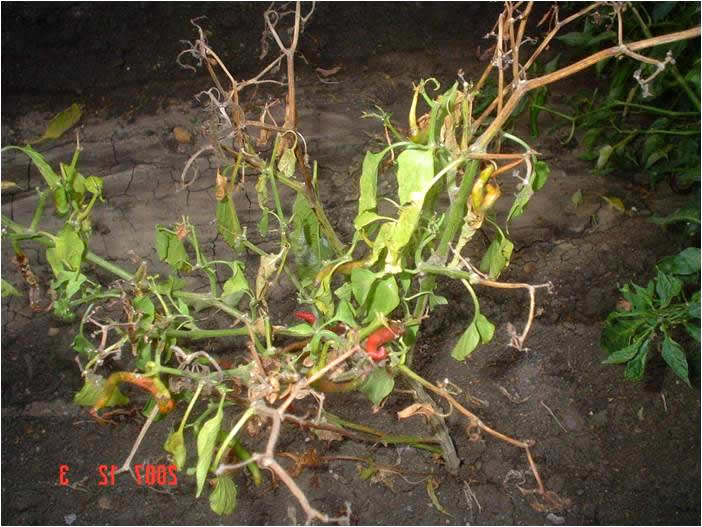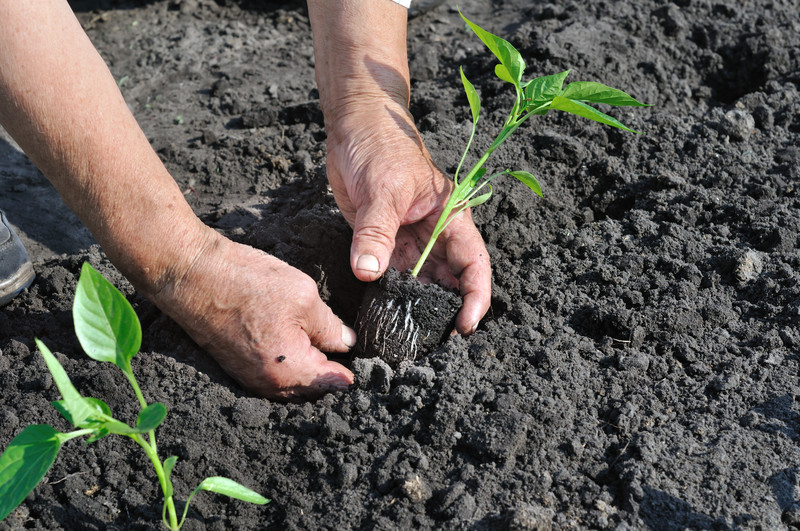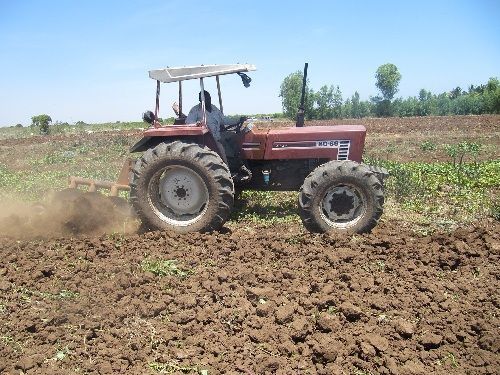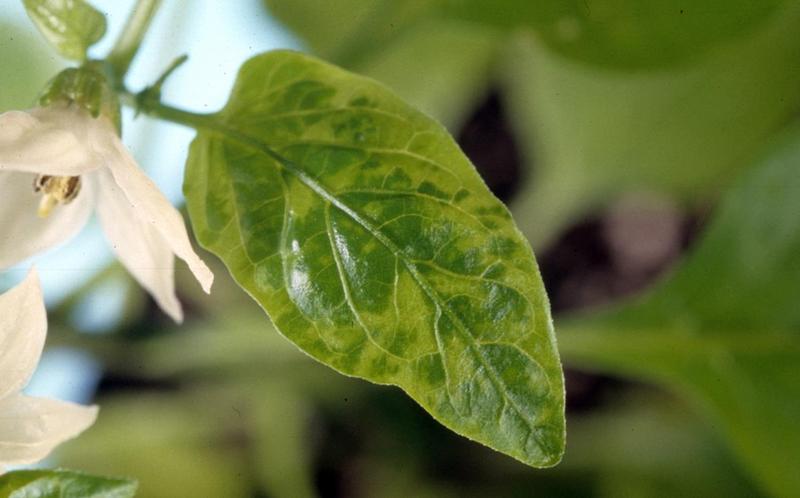- For chilli nursery, April-May is a suitable time for soil solarization. As the temperature rises up to 40 ºC at this time.
- Spread transparent polythene of 200 gauges (50 Micron) on the whole nursery area for about 5-6 weeks.
- The margin of the polythene should be covered by wet soil (compressed mud) to check the entry of air.
- After 5-6 weeks remove the polythene sheet.
Like and share with other farmers by clicking on the button below.
Share
